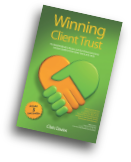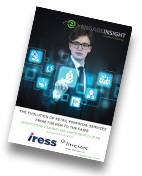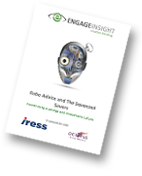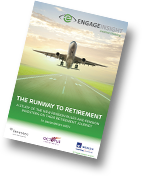Decision-making is fundamental to our daily work and personal lives. We are faced with literally thousands of choices for each thought and subsequent action we take. What is clear is it’s those individuals who are able to be decisive whilst managing their emotions are the ones who seem to be able to lead with conviction, manage associated risks and inspire confidence in their followers.
Evidence to illustrate this is abundant. Starting out with Daniel Kahnman and Amos Tversky in the ‘70’s they found that human beings have a tendency to be risk and loss adverse that (when factored into financial capability for instance) can lead to potentially disastrous outcomes. The financial meltdown of 2008 and associated credit default swaps are an example.
This groundbreaking work lead to a rise in decision making and bias management literature:
In their book Nudge Robert Thaler and Cass Sustein allude to the fact that there are dominant biases that affect the decisions we make such and are the reasons behind poor health, poor financial capabilities and inefficient utility usage for example.
Such work has now been incorporated into policy making in the USA and with the behavioural insights team (BIT) at No 10 Downing Street.
Dan Ariely’s work on irrationality is well known and his trials and experiments are folk law for instance documenting the problems with ‘ego depletion’ where decisions become poorer through the day as we’re pulled in different directions by our jobs and personal lives.
Flipnosis by Dr Kevin Dutton and Decisive by Chip and Dan Heath both discuss the fact that it’s ‘Freeze dried reasoning’ that causes problems with decision-making. In other words, the human species are lazy and take short cuts such as using previous experience to reinforce decision-making.
So what can be done? Where Leadership is concerned, Socrates had it right centuries ago with the phrase ‘Know thyself’ as did Plato with his analogy of a charioteer attempting to control two horses one of passion and one reason.
Firstly we have to acknowledge that we are flawed in our decision-making, we like to aim for the optimal solution, yet there are many probable outcomes that may occur which affect the end result. Herbert Simon’s ‘Bounded Rationality’ concept illustrates how we tend to opt for the solution that satisfies us rather than push for optimal outcomes due to the limited information we have, limitations of the mind and finite time available.
Secondly we can then employ strategies that can help us gain the best possible outcome:
Thaler and Sustein discuss structure around inertia in their ‘Save more tomorrow’ campaign where individuals are given a ‘nudge’ in automatically opting into a pension, with the option to opt out anytime. Inertia kicks in and we tend to stick with the contributions.
Ariely documents opportunities for ‘moral coding’ which entails prompting an individual to sign an opening truth disclaimer before completing an insurance claim form. This results in more honest information documented.
Chip and Dan Heath bring WRAP to the table, Widen options, Reality check assumptions, Attain emotional distance and Prepare to be wrong.
The RSA in their paper ‘STEER’ pull on a variety of strategies such as self awareness, trusting intuition, involving others and counter-intuition such as sleeping on major decisions.
When it comes to Leadership, the most effective leaders are able to recognise and use such strategies to great effect, but this comes with a commitment to try new ideas, be creative with solutions and probably most importantly not take themselves too seriously.













